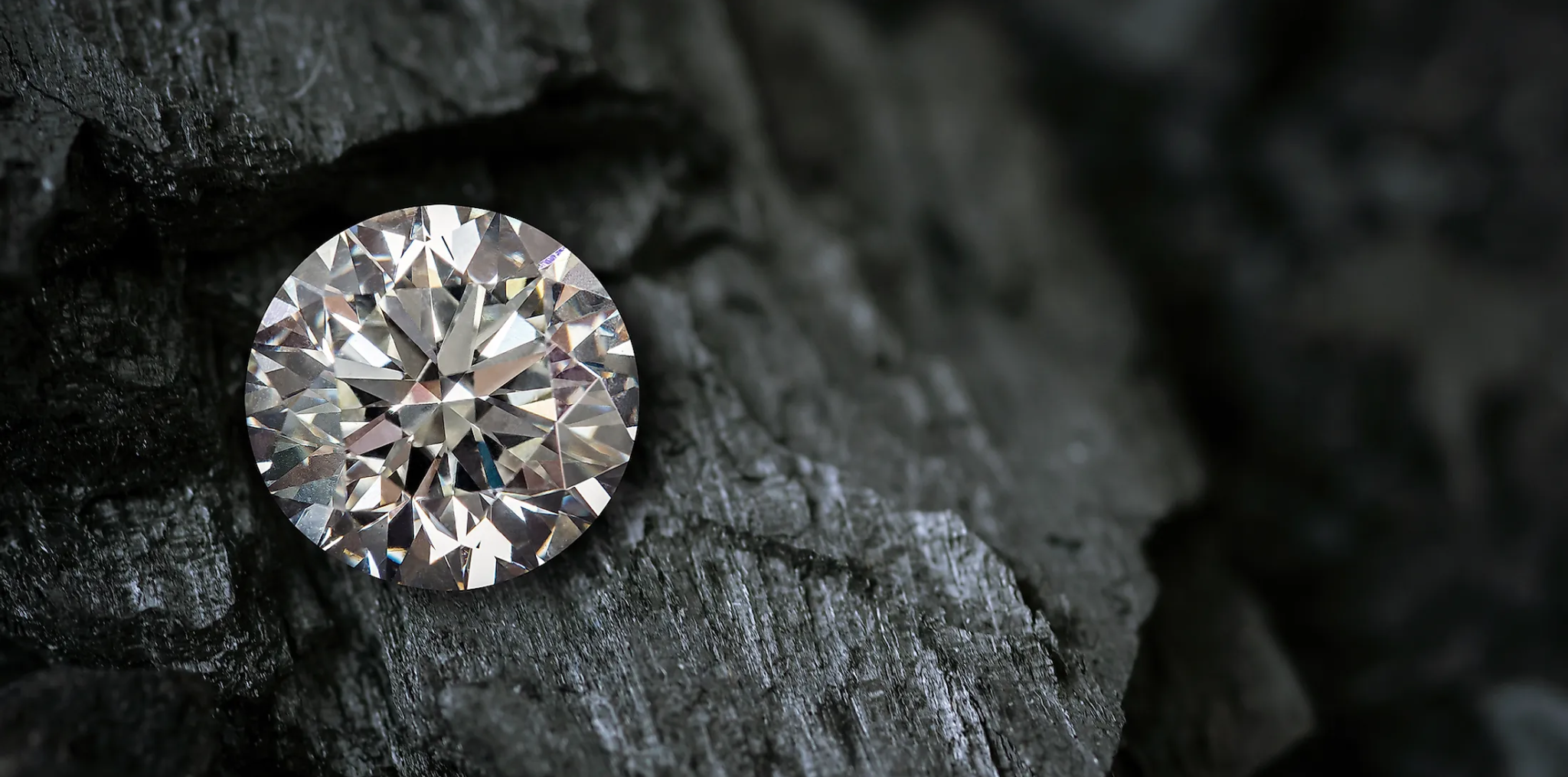Color
The Gemological Institute of America (GIA) developed the most widely used color grading system.
This system labels diamonds with alphabetical letters ranging from D (colorless) to Z+ (a diamond whose hue is often described as yellowish or brown). Stones graded D through J are sometimes referred to as “white” diamonds. Many of these color distinctions are subtle and difficult for an untrained eye to detect. However, diamonds with different colored levels shine differently in varying lighting conditions, and the differences can impact the quality of a diamond’s appearance as well as its price. The nuances of color are so subtle that the average consumer cannot tell if a diamond is D, F or H grade. However, the price difference between grades can be as much as 10%-20% depending on size and clarity.
The GIA color grading scale is only effective for white diamonds and does not apply to fancy color diamonds.
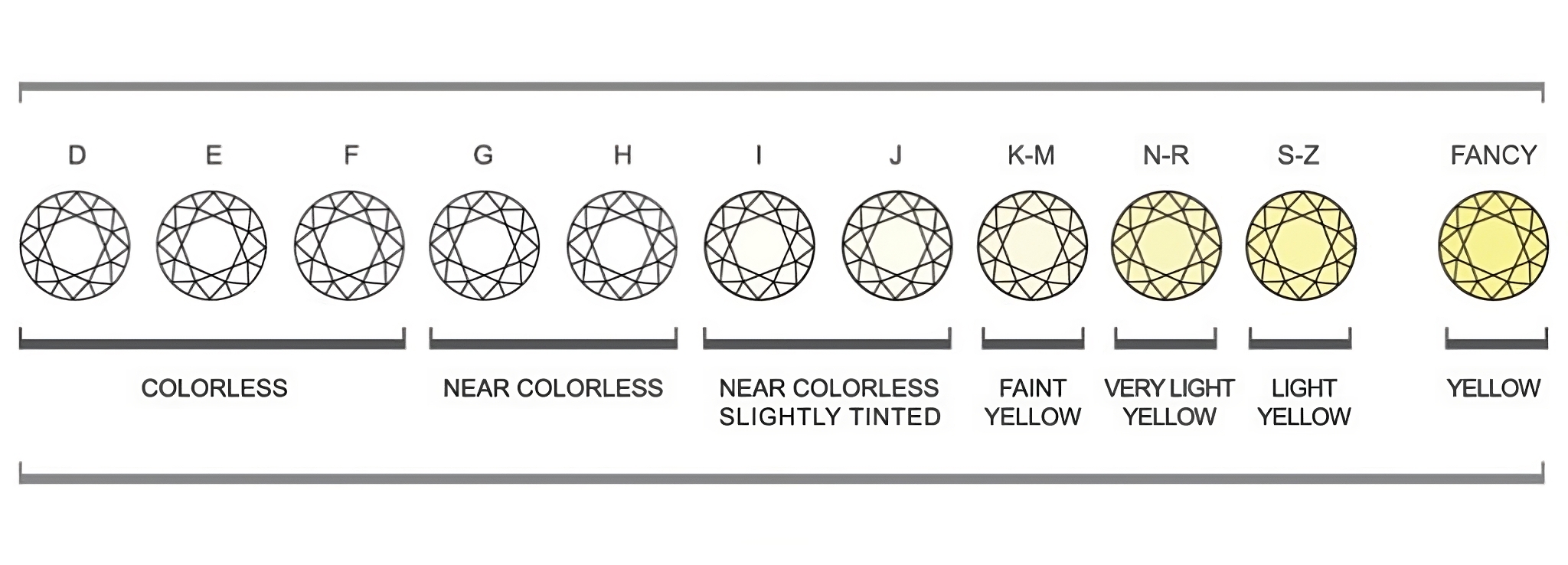
Carat
Metric carats are used to measure the weight of diamonds and other gemstones.
A one-carat diamond weighs about 0.2 grams, the same as a paperclip—but don’t confuse that with karats (a measure of purity), which is what jewelers use to talk about gold and other precious metals. Just like pennies are made up of 100 parts while dollars themselves are just divided into 100 pieces, carats consist of points: 50 point diamonds weigh exactly 0.50 carats
Clarity
Because diamonds are created under intense heat for incredulous periods of time, many of them contain inclusions or blemishes that give the gems their uniqueness.
Inclusions and blemishes are two types of birthmarks found in diamonds. Diamond clarity refers to the absence or presence of these flaws; a diamond without blemishes is rare, affecting its value. The clarity of a diamond is measured using the scale developed by GIA. The scale has 11 grades, each representing a different level of clarity. The highest grade on this scale is Flawless, followed by Internally Flawless and then Very Very Slight Inclusions (VVS1-VSI1).
Flawless (FL)
Internally Flawless (IF)
Very Slightly Included (VVS1 & VVS2)
Very Slightly Included (VSI & VS2)
Slightly Included (SI1 & SI2)
Included (I1, I2, & I3)
Cut
A diamond’s cut is one of the most important factors in determining its value, because it affects its sparkle & brilliance.
The cut refers to how well a diamond’s facets are proportioned and aligned. When light enters a diamond and bounces around inside it, it creates flashes of color and brilliance.
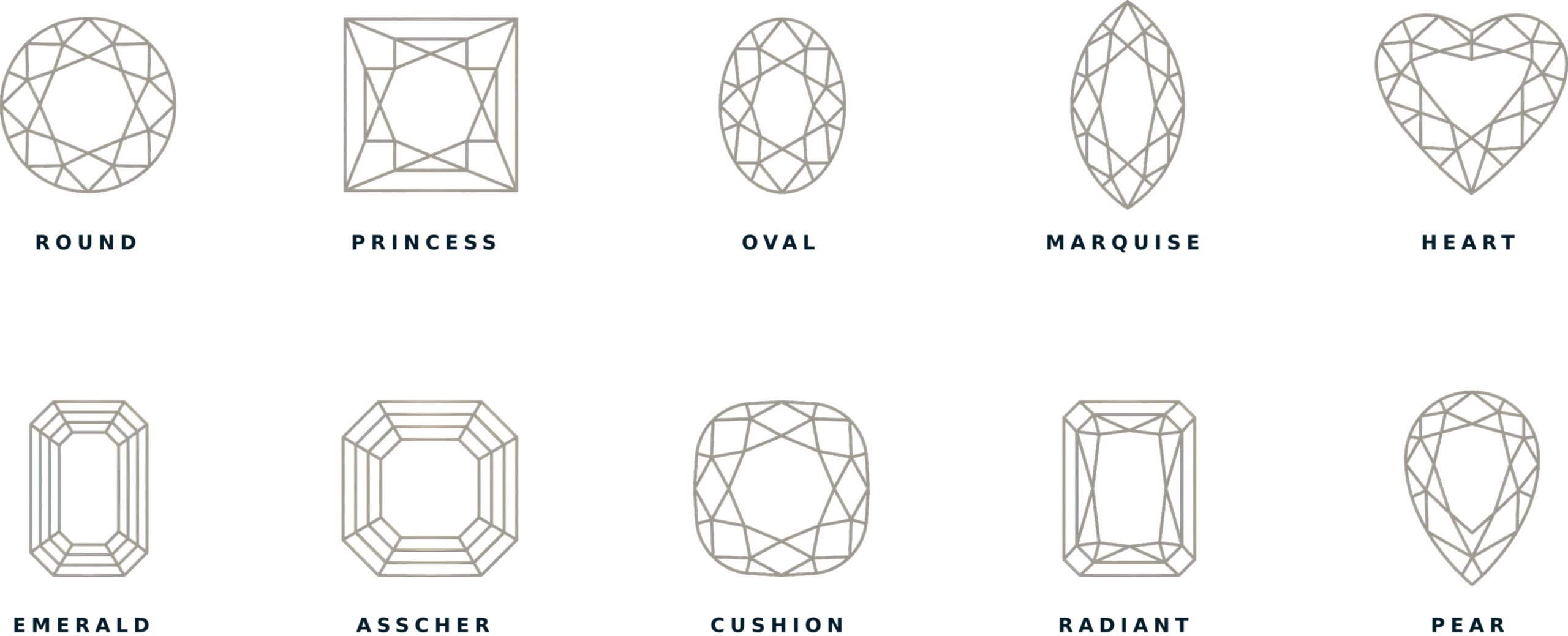
Lab-Grown Diamonds
Exploring the Parallel Worlds of Laboratory-Grown and Natural Diamonds
Laboratory-grown diamonds possess nearly identical chemical, optical, and physical properties, as well as the same crystal structure as natural diamonds, since they are composed of tightly-bonded carbon atoms and exhibit similar responses to light and hardness. However, the key distinctions between these two types of diamonds lie in their origins. To illustrate, think of laboratory-grown diamonds as ice produced in your refrigerator, while natural diamonds are akin to ice formed in a glacier. Despite both being ice, their creation stories and ages differ significantly.
Natural diamonds took shape millions to billions of years ago within the Earth’s mantle and were subsequently propelled to the surface by explosive kimberlite and lamproite volcanoes, often bearing captivating inclusions within them. In contrast, laboratory-grown diamonds are relatively young, typically formed in the past few decades, within laboratories or large factories using methods like High-Pressure, High-Temperature (HPHT) or Chemical Vapor Deposition (CVD). Identifying laboratory-grown diamonds from natural ones often requires advanced instruments and testing by specialized laboratories since they appear virtually indistinguishable to the naked eye.
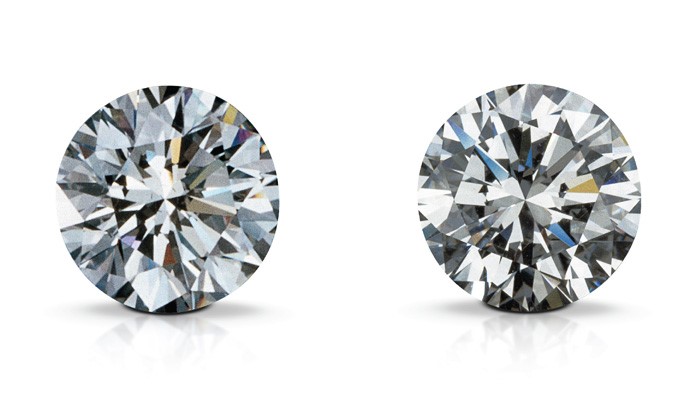
This laboratory-grown diamond (left) and natural diamond (right) cannot be told apart using the unaided eye.
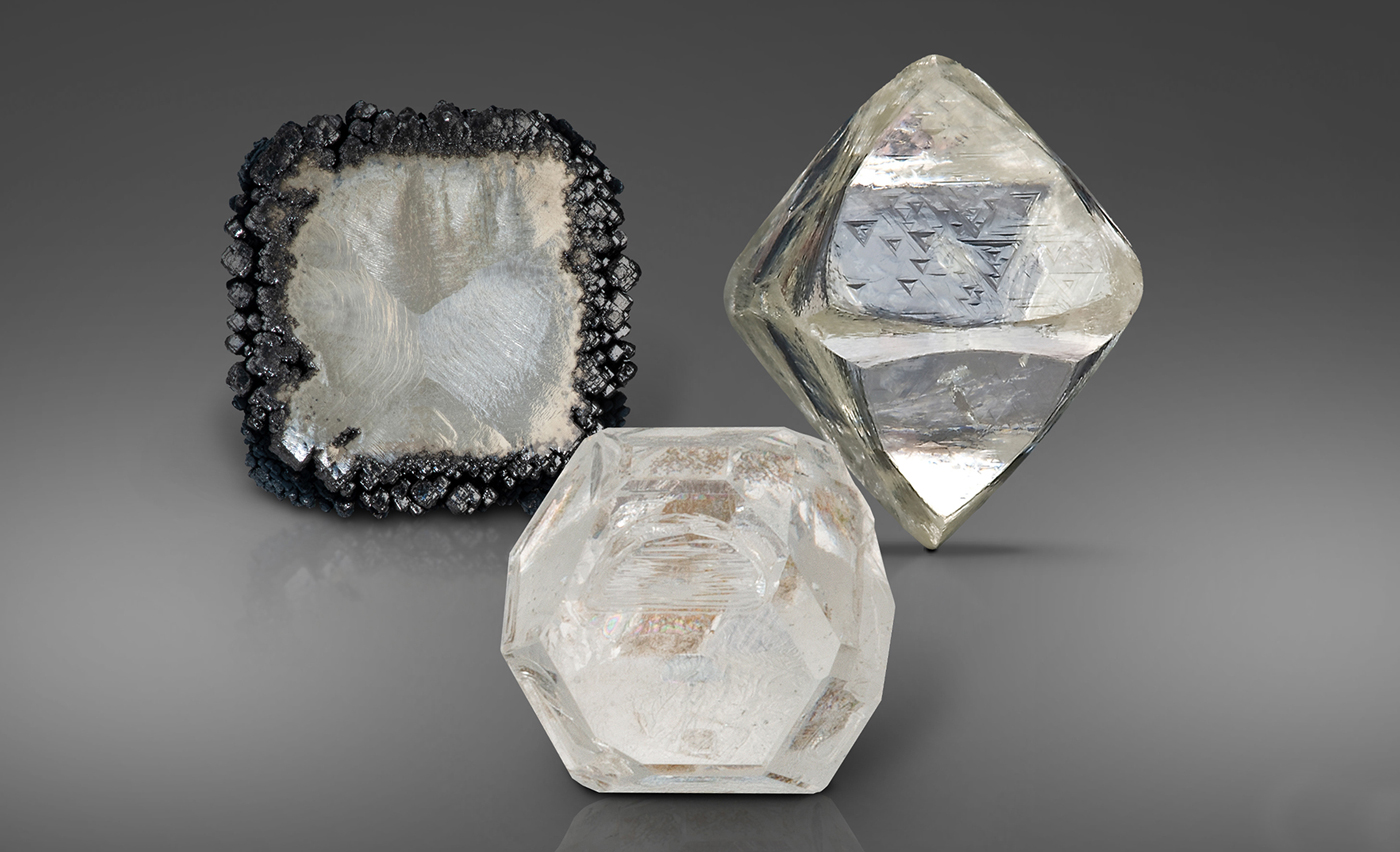
Different growth methods produce different diamond crystal shapes. Seen here are a CVD (left), HPHT (middle) and natural diamond crystal (right).
Ethical Diamonds
Oden has been actively involved in international efforts to eradicate the illegal diamond trade that finances armed conflicts.
In January 2003, governments, non-governmental organizations and the diamond industry created a system called the Kimberley Process Certification Scheme (“KPCS”) to eradicate conflict diamonds from the world’s supply of diamonds. In 2004, over 99% of the world’s diamond supply was certified to be from sources that were free from conflict. Oden continues to do its part by ensuring that all diamonds we sell are certified legitimately and in compliance with United Nations resolutions.
